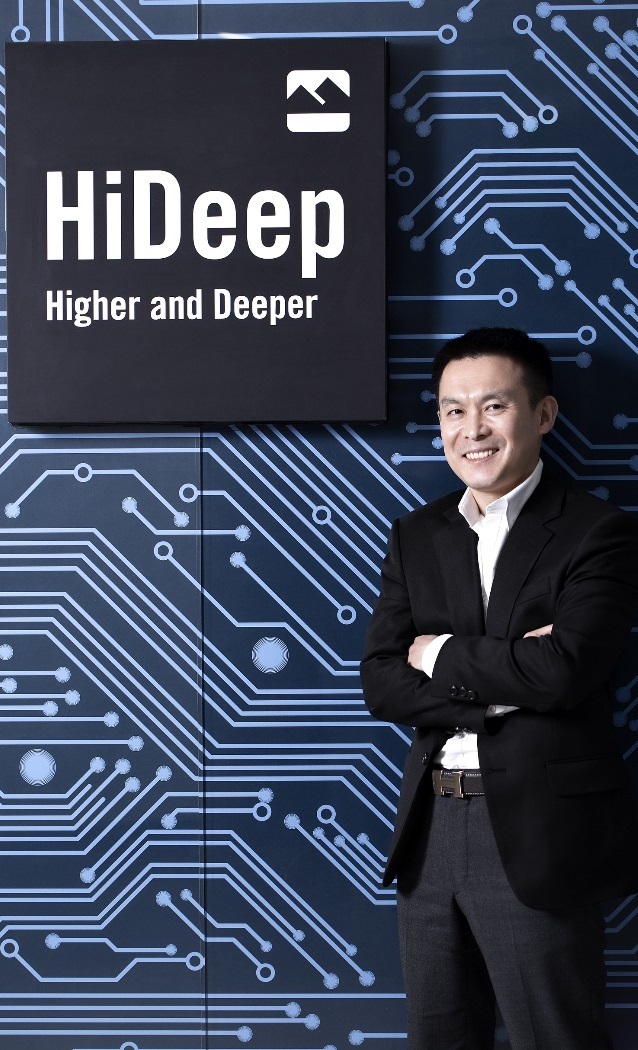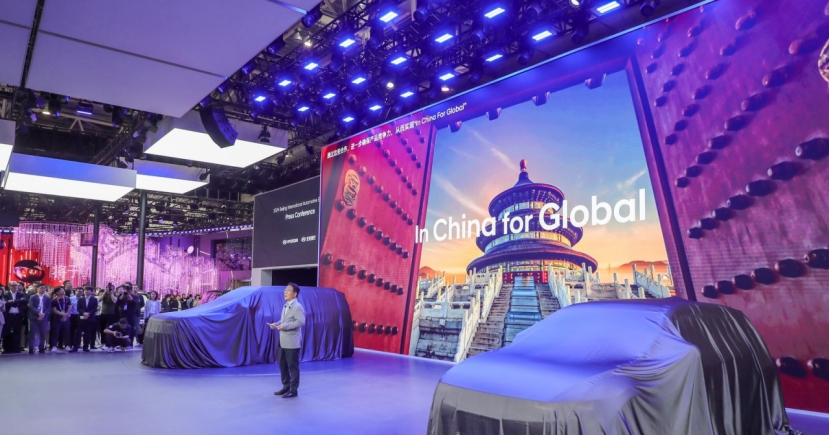Startups
[INTERVIEW] HiDeep out to revolutionize smartphone navigation
[THE INVESTOR] The way mobile users interact with their handsets has changed in tandem with technological advancement -- a physical keypad, a touch screen, a stylus pen and artificial intelligence-powered voice command.
Now, yet another type of technology is expected to go mainstream, according to Brian Ko, founder and CEO of touch display tech startup HiDeep.
HiDeep develops Force Touch, which senses the amount of pressure applied on the smartphone screen to allow the user to access and execute different commands by simply changing the pressure levels. This is made possible by a film with force sensors under the screen that measures changes in the distance between the panel and cover glass.
“Force Touch was first unveiled in 2015, and we believe this will become a common feature on most smartphones next year or so,” the HiDeep CEO told The Investor in a recent interview. He anticipated more Android smartphones would adopt the technology down the road.
 |
Brian Ko, the CEO of HiDeep |
HiDeep’s sensing technology can be used to summon shortcuts to the sub-functions of mobile applications and help smartphone users to zoom in or out a picture.
When scanning a QR code on mobile messenger app WeChat to add new friends, for example, it requires users to tap four times to initiate the scanning feature of the mobile app. Force Touch, however, shortens the process to two -- they can press the app, a little harder than usual, and choose the QR code-scanning feature in a pop-up menu.
The Korean startup partnered up with Huawei of China to unveil Force Touch for the first time in the world. Huawei showcased the Mate S smartphone, fitted with the sensing technology, on Sept. 2, 2015, a week before California-based Apple took the wraps off the iPhone 6s that featured its own Force Touch technology, dubbed the 3-D Touch.
Following Apple’s example, more companies are looking to adopt the latest technology, according to Ko.
Currently, HiDeeps’s Force Touch sensors are installed in Chinese smartphones, including Huawei’s P9 Plus and Gionee’s S8.
He said the Chinese players, which are aiming to overtake traditional smartphone powerhouses such as Apple and Samsung, appear to be more proactive in deploying new technologies.
Before collaborating with Huawei, HiDeep had contacted a wide variety of global smartphone makers -- presumably including Samsung and LG -- but Huawei was the only firm willing to jump on the bandwagon.
“The top management of Huawei paid keen attention to the Force Touch technology and really wanted to roll out the feature before other rivals, such as Apple,” said the CEO.
He said that it was impressive to see Huawei researchers working around the clock to find solutions to technical problems, comparing them with Samsung researchers in the mid-2000s when the Korean tech giant was desperately trying to catch up with global phone makers Nokia and Motorola.
Samsung is currently said to be testing a pressure-sensitive screen technology for its flagship Galaxy smartphones.
Anticipating that the revenue of HiDeep, which has 65 researchers and employees, will more than triple to 14 billion won (US$12 million) this year from 4 billion won in 2015, Ko said his firm plans to go public in the coming years.
When asked about his estimates of future earnings, he said it depends on how fast other smartphone makers adopt the pressure-sensitive display technology.
Integrating Force Touch technology into automobiles can also be a big opportunity for HiDeep, Ko said.
“The company is negotiating with car makers for partnerships,” he added, but declined to specify the manufacturers.
Who is Brian Ko?
Brian Ko founded chip design firm Integrant Technologies in 2001 after working as a semiconductor researcher at Samsung Electronics.
He and his R&D team at Integrant developed the world’s first mobile radio-frequency chips for the digital multimedia broadcasting, or DMB, in the early 2000s.
Before video streaming became available on a smartphone, DMB was almost the only way for mobile users to watch TV content, especially in Korea.
Integrant was acquired by US chip company Analog Devices in 2006 for around US$160 million.
Despite the fortune he made from his first business, the entrepreneur said, he could not help but launch a new business with HiDeep to pursue more meaningful achievements.
“I was thrilled to see people, on the subway or anywhere else, watching DMB content on their mobile phone in the past, and it would be exciting to see people use Force Touch on their smartphones.”
By Kim Young-won (wone0102@heraldcorp.com)






![[KH Explains] Korean shipbuilding stocks rally: Real growth or bubble?](http://res.heraldm.com/phpwas/restmb_idxmake.php?idx=151&simg=/content/image/2024/04/25/20240425050656_0.jpg)
![[Hello India] Hyundai Motor vows to boost 'clean mobility' in India](http://res.heraldm.com/phpwas/restmb_idxmake.php?idx=151&simg=/content/image/2024/04/25/20240425050672_0.jpg)
